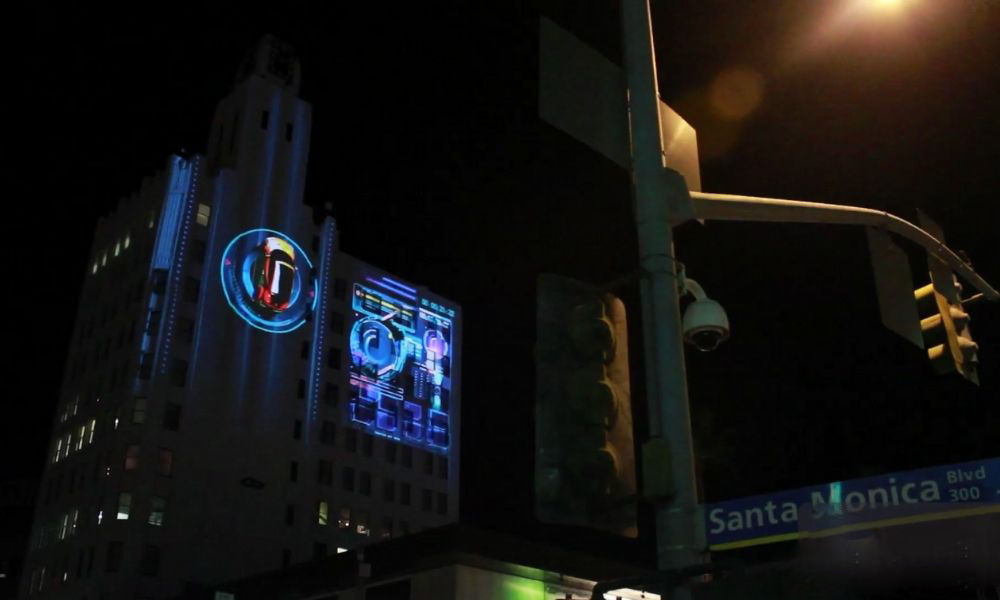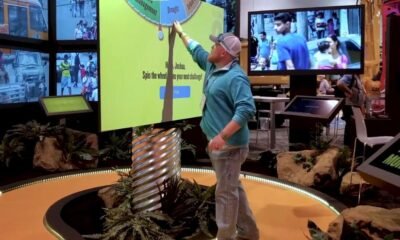
While projection mapping has become vastly popular in recent years, the technology has been around for decades. Let’s dive into the history of 3D projection mapping to see how we got to where we are today.
The year 1969 had many firsts, from the first man on the moon to the first example of projection mapping. It comes as no surprise that one of the world’s most innovative companies still standing today was responsible for the first projection mapping technology. Disney created projection mapping for their Haunted Mansion ride. The technology projected faces onto mannequin heads to depict spooky talking heads.
In 1980, the film “Displacements” by Michael Naimark was the next project to tackle projection mapping. The film showed an empty living room but used projections to add life and objects to the lifeless living room.
In 1991, Disney once struck again with the first projection mapping patent. Titled “Apparatus and method for projection upon a 3D object,” the patent described a system that digitally paints an image onto a 3D object that isn’t an entirely flat surface.
UNC-Chapel Hill debuted spatial augmented reality in 1998, bringing projection mapping into the academic world. Instead of students and academic faculty relying on computer screens, lessons and projects could appear on large screens or surfaces. Once spatial augmented reality became popular in academics, projection mapping started to gain significant traction.
In 1999, John Underkoffler led the way in early interactive projection mapping work. He introduced the idea of the Input/Output Bulb, which was a projector with a camera.
After the creation of the input/output bulb, the projection mapping industry took off. Experimentation with portable projectors became the next focus, as well as small handheld projectors. These projectors were aware of their positioning and orientation with the help of several sensors. At this time, the sensors and projects were quite common in aiding with warehouse inventory and maintenance.
In 2005, Oliver Bimber explored the concept of projecting images onto items like drapes and official projection screens. From this point on, projection mapping innovations continued to grow to the heights we have seen today, from projecting onto buildings for advertising campaigns to creating 3D interactive event displays.
The history of 3D projection mapping dates back to 1969 when Disney created what would become the steppingstone for the projections we use in our world today. Visit RabCup to find out more about how projection mapping works and 3D projection mapping services.



